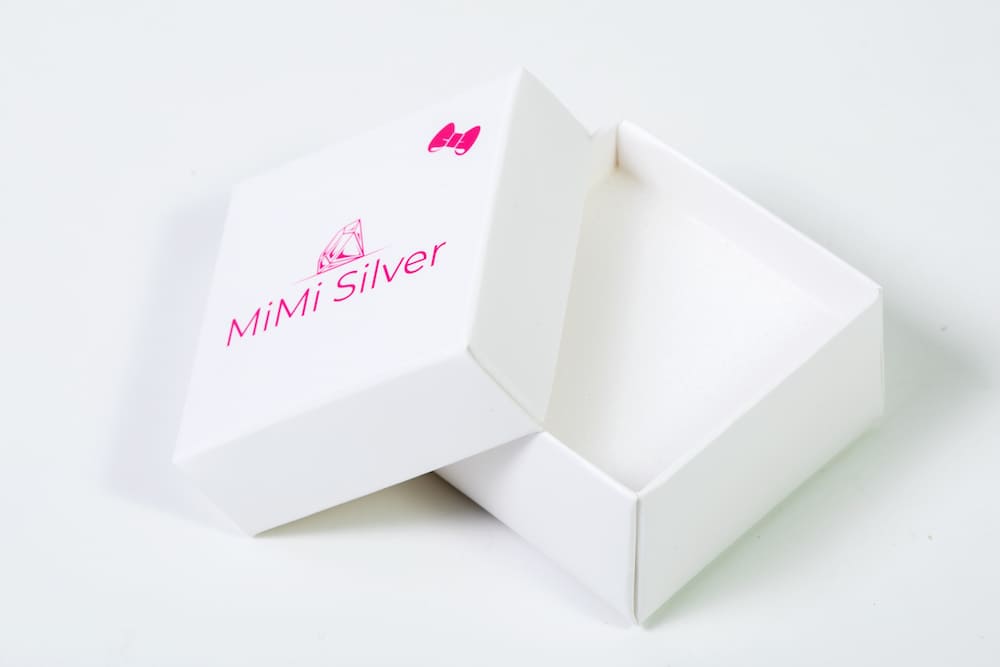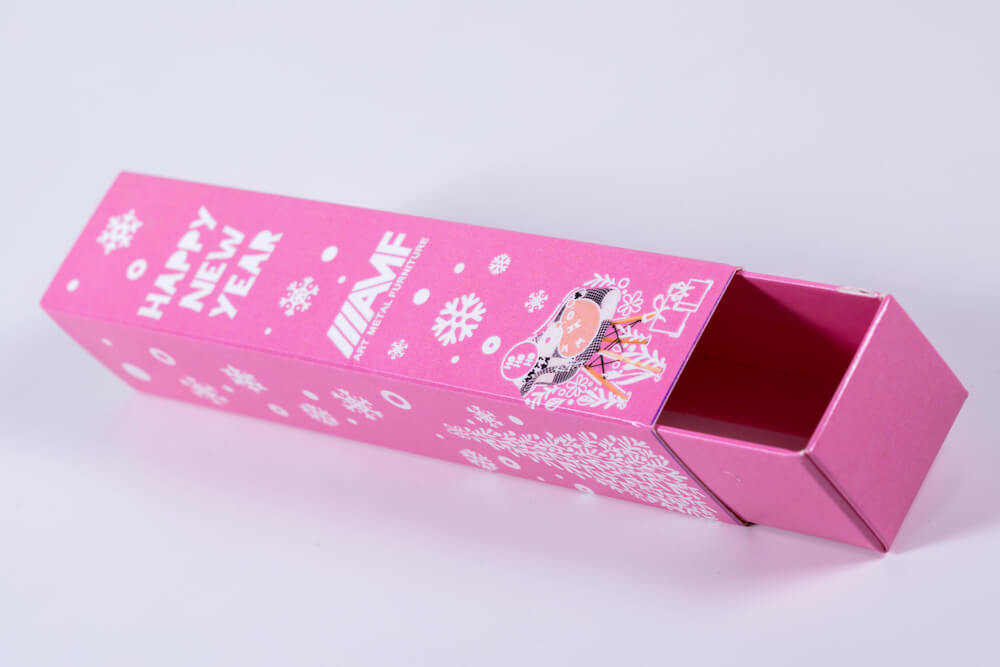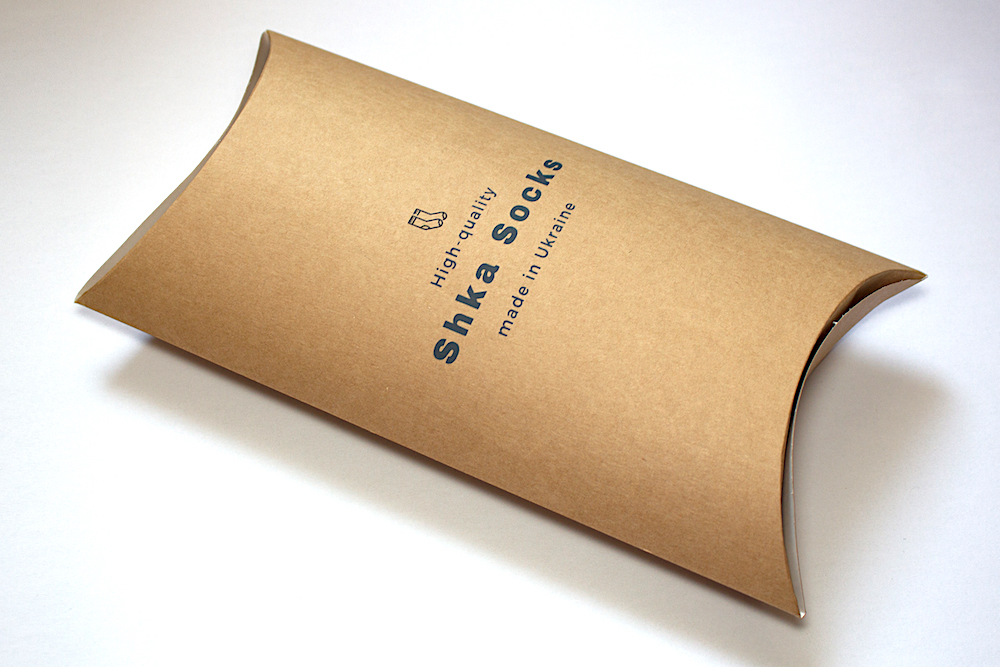Today offset printing — one of the most popular among customers. Offset printed printing looks presentable, retains its original appearance for a long time, and most importantly — Offset is optimal for printing large quantities.
What is offset?
The principle of offset — the ink is supplied from the printing plate not directly, but through a special elastic surface. This is how offset is translated from English — departure, offshoot, offset replaced lithography in the 18th century. Since then, offset printing technology has not changed, but the possibilities have become much wider, and offset printing has become the main one in the modern world.

Printing machines are limited in the density of materials. Offset printing on role-playing machines is available for media 35—200 g/m². Outdated equipment cannot cope with 150 g/m2 paper, so ATTOLIS uses new equipment capable of printing business cards and other printed materials. Sheet machines work with cardboard up to 420 g/m², which is used for the design of packaging, periodicals and notebooks.
Large runs are produced using offset printing:
-
magazines. Bright, clear images on printed pages emphasize the status of the company. Magazines and catalogs tell about products, interest the client in purchasing;
-
advertising leaflets. Offset printing of advertising leaflets attracts many customers at minimal cost. For flyers, coated thin paper is used, sometimes lamination is carried out;
-
booklets. Advertising of a company or product in the form of a book or sheet folded like an accordion. Contains a lot of information, is additionally varnished, and thanks to its design features it stands flat on the surface;
-
notepads. Technology is used to produce notebooks, diaries, and telephone books. The dimensions and thickness of products vary at the request of the client;
-
calendars. Combines useful information and customer advertising. Wall, pocket, and table calendars are available;
-
labels. Offset label printing allows you to produce printing on sheets of any density, as well as use a self-adhesive base. Bright color rendering makes the packaging attractive to the buyer and opens up a wide field of activity for the designer.
The most common colors used are CMYK: cyan, yellow, magenta and black. The combination of four colors gives thousands of shades to create a rich image. Additionally, dyes with a metallic sheen or a washable compound for lottery tickets are used.
Advantages of offset printing
And although competitive technologies appear, offset is still the main printing method. And this is justified, given its advantages.
1. This is a print of the highest quality. It reproduces even small details, bright and saturated colors emphasize the clarity of the image, and midtones are perfectly reproduced.
2. Financial savings for the customer. For medium and large runs, offset printing — perfect choice.
3. Wide choice of colors in combination with printed bases. Along with the standard color palette, you can use the PANTONE halftone palette, metallic paints with varnish admixtures. Both paper and synthetic materials will maintain high quality colors and image clarity.
 ;
;
Disadvantages of offset printing
The technology is used for 80% of all printed products, including labels and packaging. However, despite the obvious advantages, there are disadvantages:
1. The cost of small editions is affordable.
2. During the manufacturing process of products, color rendition changes.
3. Offset printing services include a paid preparatory stage that cannot be skipped.
4. After the circulation has started, you cannot quickly adjust the image.
5. Small text or color corrections will require stopping and reconfiguring the machine.
Order offset at the printing house "ATTOLIS"
Offset printing is most often used to produce large print runs. Moreover, the larger the circulation, the more profitable it is for the customer. Full-color printing and single-color printing are possible, depending on the wishes of customers.
Maximum offset printing format: 1040 mm x 720 mm.
Printed products can be further developed taking into account the wishes of the customer. It could be:
- folded (with folds);
- laminated;
- coated with UV varnish.

You can apply personalization using Xerox Nuvera 144 printing machines. Production of the printing house "ATTOLIS" has a wide range of equipment and can provide many types of post-press processing and printing decoration. Kyiv, Odessa, Kharkov, Dnepr, Zaporozhye — We work with clients from the largest cities of the country and throughout Ukraine.
You can order offset printing by leaving a request here or by writing to us in messengers, as well as by phone: +380 (97) 790-90-00.
Modern offset printing
Nowadays, offset printing, of course, is no longer the same as it was a century ago. New technologies, modern printing materials have expanded the possibilities, and print quality has become much higher.
The principle of offset printing remains the same as it was — images are transferred to paper not directly, but through an elastic fabric. However, the remaining processes: pre-press, printing, post-press finishing and product processing have changed.
UV technologies are being introduced, control over each stage of the printing process is being increased, production is being competently organized — all this has a positive effect on print quality.
In addition to offset printing, digital printing is often used in printing. Digital printing is suitable for small print runs, up to single copies. Orders are printed promptly, faster than offset.

Learn more about printing technologies with our articles:
Types of offset
Full-color printing according to the coloring method can be:
-
with moisture;
-
dry.
The traditional method of applying symbols to paper is using a moisturizing solution. Special films are formed on the metal template that either attract paint or repel it. Exposure is used to form an image.
Dry offset printing of a magazine does not require a special solution or lengthy preparatory work. The method is based on the use of silicone and is considered less expensive. Using dry technology, clear, bright prints are obtained.
The printing house produces the following products:
-
narrow format – flyers, business cards, booklets and other small products for which a 50 cm wide canvas is sufficient;
-
full-length – books, packaging, catalogs to order on strips with a width of 84-102 cm;
-
widescreen – calendars, posters, billboards on canvas 135-190 cm.
New printing machines combine digital and offset technologies and produce inexpensive and fast results.
Order a package from ATTOLIS
| Appearance | Manufacturing Material | Scope of Application |
|---|---|---|
 |
||
| Self-assembling boxes | cardboard, corrugated fiberboard, designer cardboard 200 mg (brand: T-22 E-wave) | packaging for food products; boxes for confectionery; children's goods packaging; for small appliances |
 |
||
| Lid bottom | laminated cardboard, laminated corrugated cardboard, binding cardboard, micro-corrugated cardboard brands: T-22, T-24 (E-wave) | perfume packaging; boxes for jewelry; confectionery; gift products; bed linen |
 |
||
| Penal boxes | thin or thick cardboard (craft, plain, colored, or printed), cellulose cardboard (brand: T-22 cardboard density 275 g/sq. m.) | packaging for gift products; confectionery; children's goods |
 |
||
| Pillow boxes | Cardboard, brown kraft-catron (cardboard of 250 g/sq. m.) | sock packaging; jewelry or ornaments |










